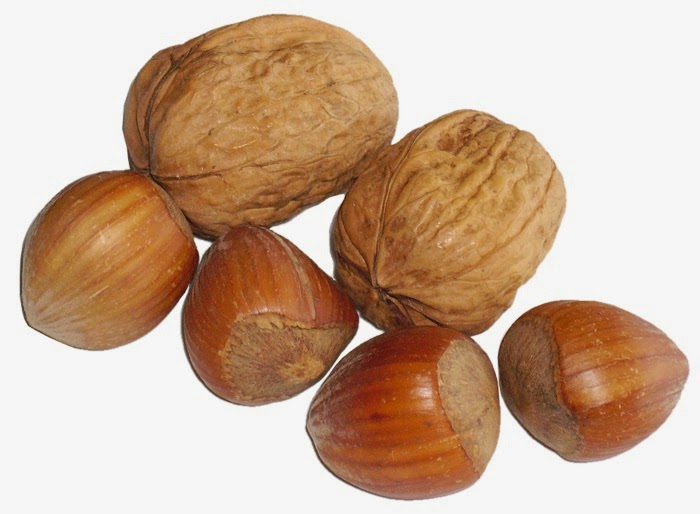If you suffer from heartburn, you are not alone. There are
many people who have heartburn on occasion, and for different reasons. You are
likely looking for new approaches on how to get rid of heartburn. This article
contains some suggestions that you can try. Remember that the cause of your
heartburn and your physiology may make some solutions work better for you.
Heartburn, a type of indigestion, results in a burning
sensation in the chest and possibly the esophagus. It occurs when small amounts
of stomach acid are regurgitated into the esophagus. It can be quite painful
and disruptive to normal activities, such as sleep.
You may want to try eating an apple to alleviate your
symptoms. It can help to neutralize some of the stomach acids. A tart baking
apple may have better results than sweeter varieties.
Another potential solution is to drink a large glass of two
percent milk. If there is a chance that you are lactose intolerant, do not use
this option. Otherwise, you may compound your level of discomfort. Not only
will the milk help to soothe your stomach, it will also provide you with
essential calcium. If you use nut or soy milks, these have been shown to have a
positive effect as well.
If you like vegetables and their juices, you can try them
for a way to ease your reflux and heartburn. Most vegetables are alkaline in
nature. This means they will naturally begin to balance the pH level in your
digestive tract, neutralizing your heartburn in a very natural way. You can use
preade juices or create your own in a juicer. If you decide to eat a salad,
beware of any dressings you may be tempted to put on them. You do not want them
to thwart your efforts.
Chew on a piece of all natural gum. This will stimulate the
production of saliva. As you swallow more of it, you will begin to dilute the
stomach acids that are creeping up toward your esophagus. Do not use products
with sugar or harsh chemicals.
Try drinking an all natural tea. Three of the best choices
for heartburn symptoms are fennel seed, anise, and caraway. Use two tablespoons
for a coffee cup and allow to sit for ten minutes before drinking. You should
feel relief within half an hour.
Remain standing or sitting upright, especially after you
eat. Many people want to lay down and relax on their bed or couch after eating
dinner. This can actually cause heartburn. If you are already experiencing
symptoms, laying down will only exacerbate them. Sit somewhere as comfortably
as you can and drink a large glass of water. Practice being calm and see if
your discomfort passes.
If you are interested in trying out new ways to get rid of
heartburn, this article should have provided you with some fantastic ideas. Try
each of them and find out what works best for you. You may even discover that
other factors can influence which one will work at any given time.
THANK YOU FOR READING...
THANK YOU FOR READING...
By Edward Ted Leger

.jpg)



.jpg)

.jpg)









.jpg)

.jpg)




